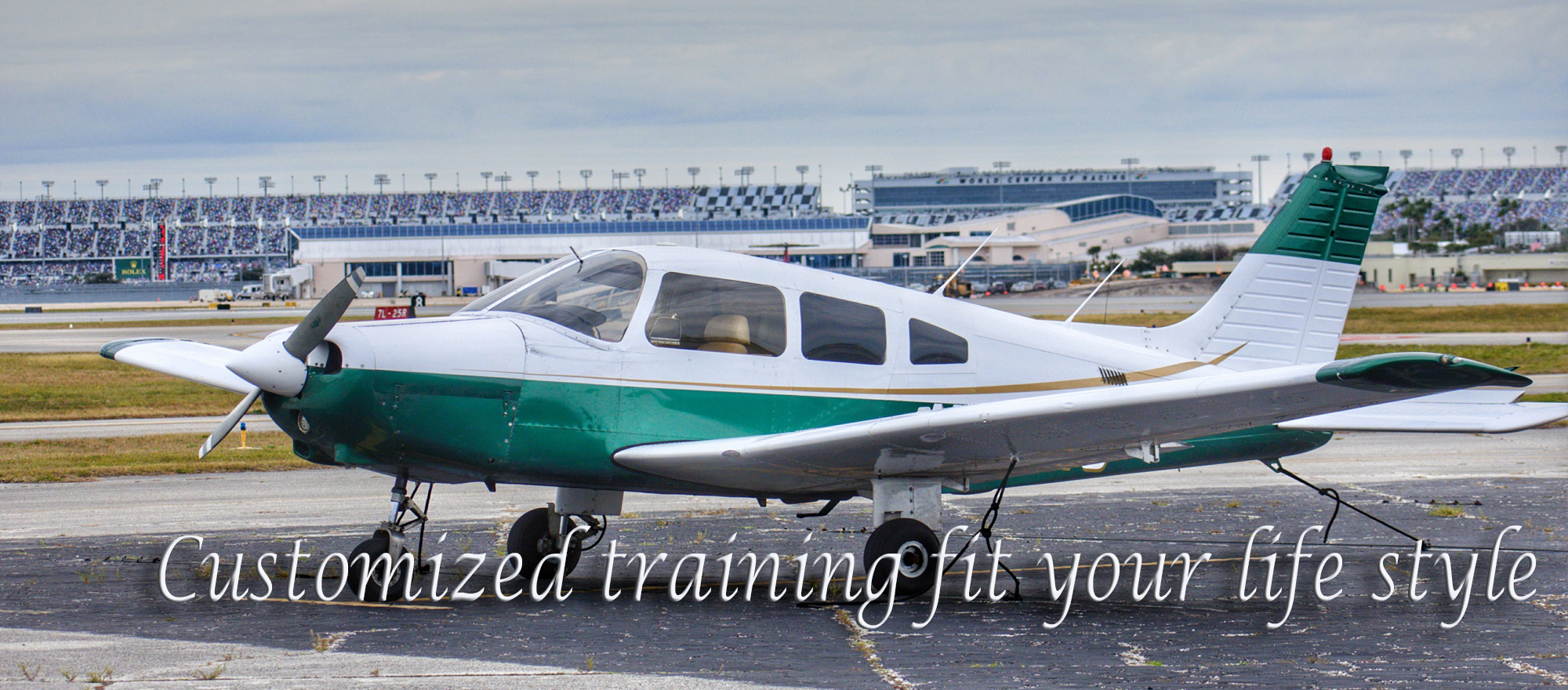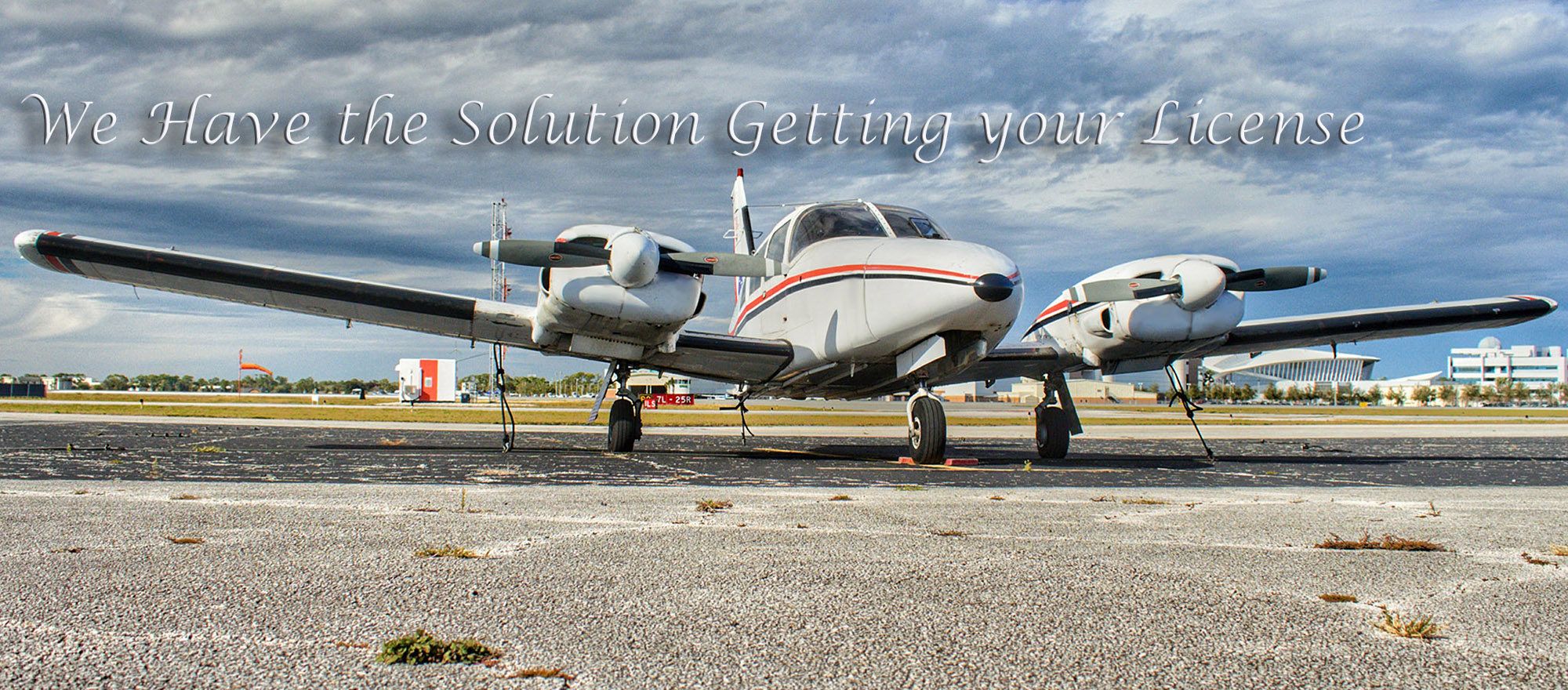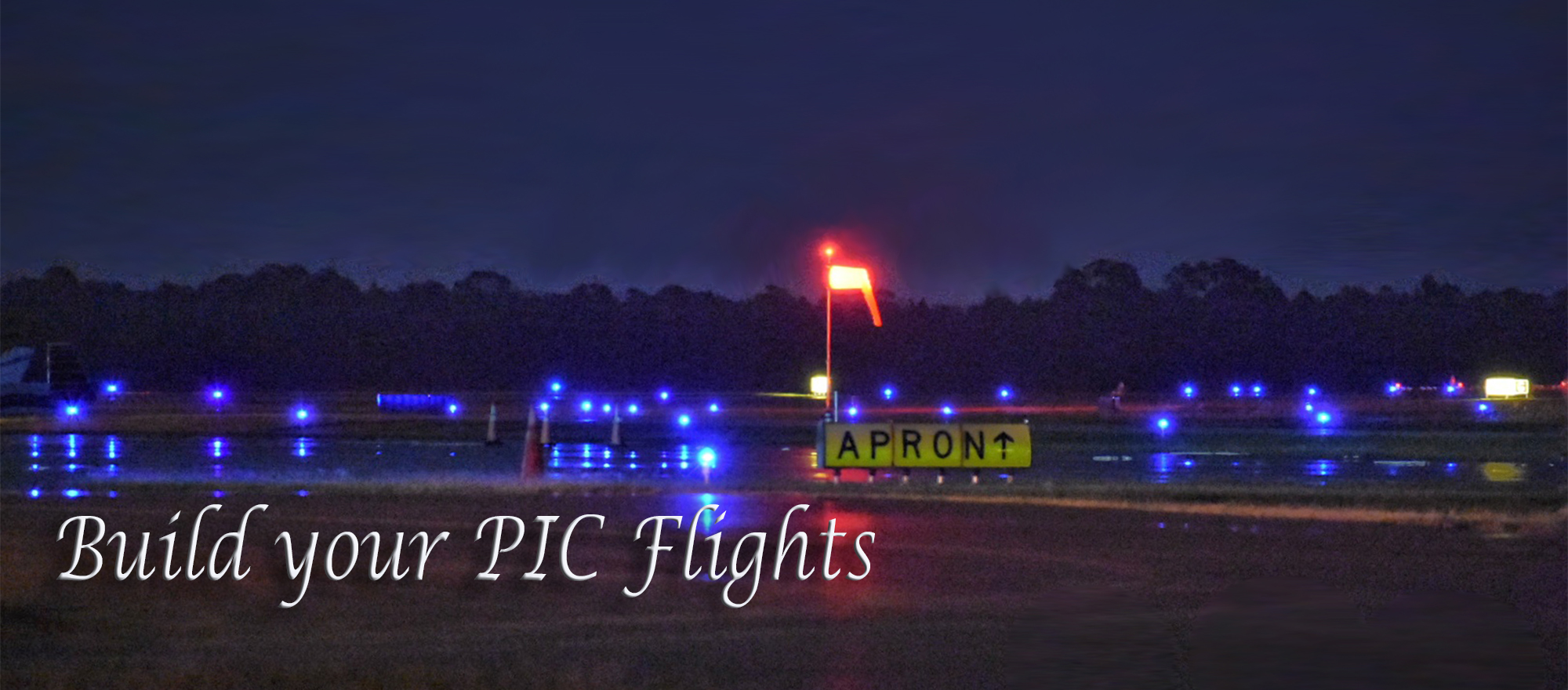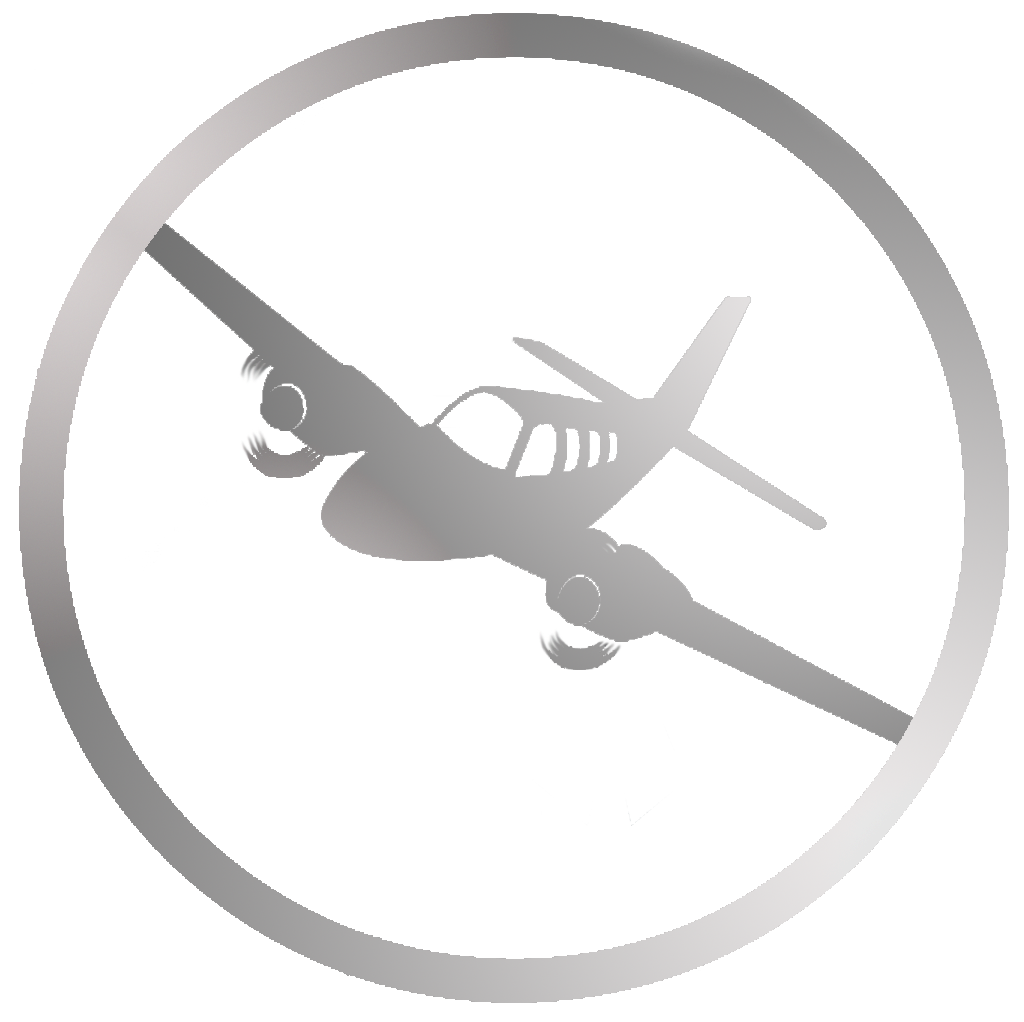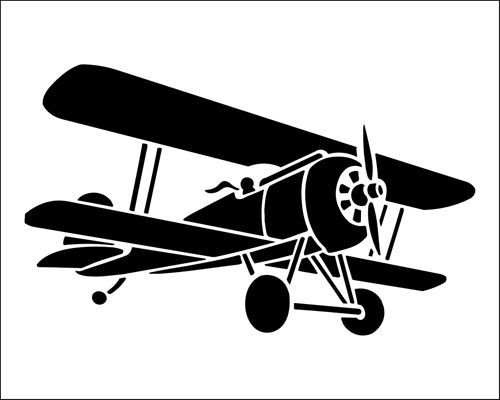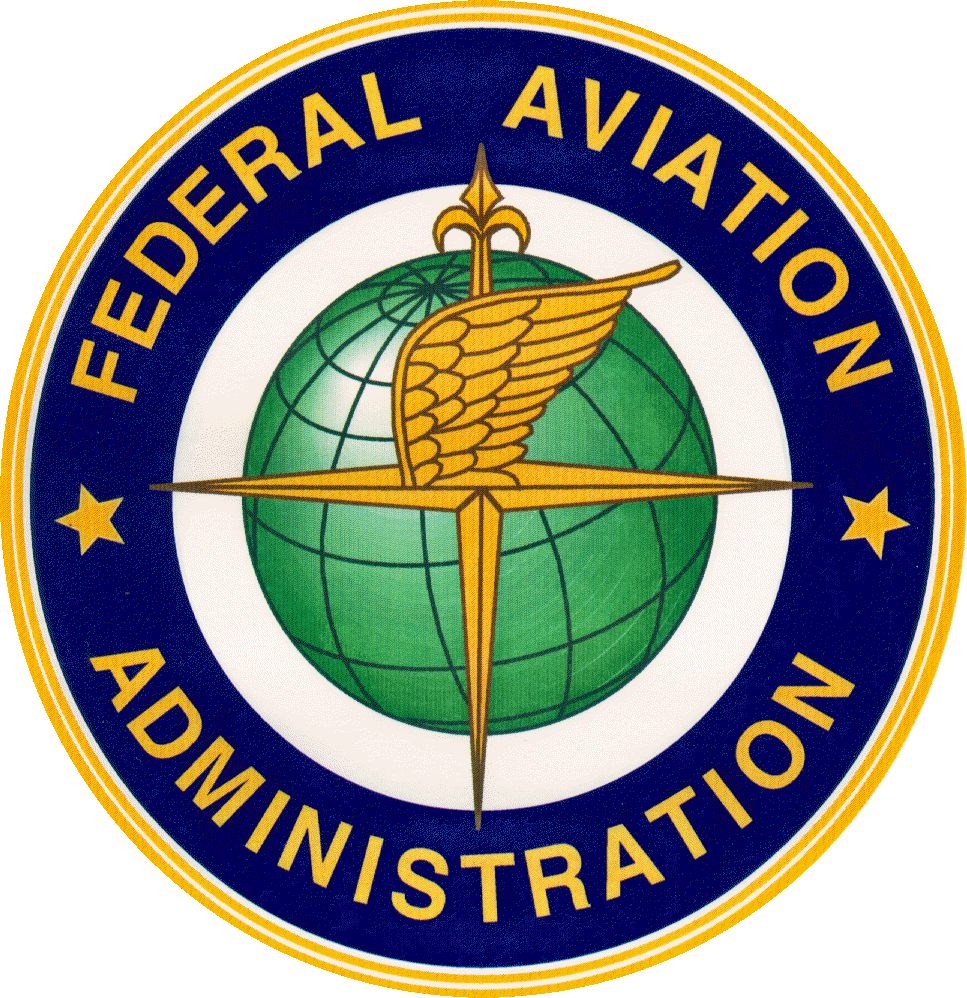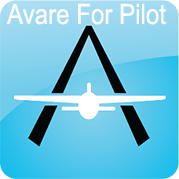Mastering Low and Slow: A Pilot's Guide to Slow Flight and Stalls
For pilots, venturing into the realm of slow flight and stalls may seem counterintuitive. However, mastering these maneuvers builds essential skills and fosters a deep understanding of your aircraft's capabilities and limitations. This guide equips you with the knowledge and techniques to approach slow flight and stalls with confidence and safety, whether you're a seasoned aviator or a student pilot seeking to refine your piloting instincts.
Understanding Slow Flight:
Slow flight is the art of operating the aircraft at its minimum controllable airspeed. While seemingly simple, it requires precise control inputs and a heightened awareness of your surroundings.
Why Practice Slow Flight?
There are several benefits to mastering slow flight:
- Landing Proficiency: Slow flight techniques form the foundation for smooth and controlled landings.
- Stalling Awareness: Practicing slow flight helps pilots recognize the signs of an impending stall and develop corrective actions.
- Low-Speed Maneuvering: Understanding slow flight allows for better handling in emergency situations like strong crosswinds or limited landing areas.
The Art of Maintaining Low and Slow:
Here's what pilots need to focus on during slow flight:
- Maintaining Airspeed: Precise control of engine power and pitch attitude is crucial for staying just above the stall speed.
- Increased AOA (Angle of Attack): Slow flight requires a higher angle of attack to maintain lift, but exceeding the critical angle can lead to a stall.
- Heightened Situational Awareness: Be mindful of wind shear, turbulence, and wake turbulence from other aircraft, which can significantly impact slow flight performance.
Stalls Explained: Recognizing the Limits
A stall occurs when the wing can no longer generate enough lift to maintain altitude due to an excessive angle of attack. Understanding stall characteristics is crucial for safe flight.
Types of Stalls:
There are various types of stalls, each with its own characteristics:
- Wing Stall: The most common type, affecting one wing first, usually the wing farthest from the aileron used to correct a rolling tendency.
- Power Stall: Caused by a sudden reduction in engine power at low airspeed, without maintaining sufficient pitch attitude.
- Aft Stall: Occurs at a high angle of attack with excessive elevator input, forcing the wing beyond its critical angle.
Recognizing Stall Warnings:
Your aircraft will provide various stall warnings before a full stall occurs:
- Buffeting: A vibration felt through the aircraft controls due to airflow separation over the wings.
- Stall Horn: An audible warning that activates as the aircraft approaches stall speed.
- Decreased Aileron Effectiveness: Reduced ability to control roll due to decreased airflow over the ailerons.
Recovering from a Stall:
If a stall occurs, the key is to react promptly and smoothly:
- Reduce Angle of Attack: Lower the nose of the aircraft using the elevator to regain airspeed and normal airflow over the wings.
- Add Power (if Airspeed is Low): Gradually increase engine power to accelerate the aircraft and restore lift.
- Maintain Aileron Control: Even with reduced effectiveness, maintain coordinated aileron inputs to prevent excessive rolling.
Beyond the Basics: Refining Your Skills
Understanding slow flight and stalls paves the way for further development:
- Slow Flight Maneuvers: Practice slow flight exercises like turns and stalls with recovery to enhance low-speed handling skills.
- Crosswind Landings: Mastering slow flight techniques is crucial for safe landings in crosswind conditions.
- Emergency Procedures: Understanding how to handle a stall during takeoff or approach is essential for pilot proficiency.
Remember: Slow flight and stalls are important maneuvers for pilots to understand and practice. By approaching them with respect, proper technique, and a focus on maintaining safe airspeeds, you'll transform yourself from a basic pilot to an airman with a deep understanding of your aircraft's capabilities. So, the next time you train, don't shy away from slow flight and stalls – embrace them as valuable opportunities to build mastery and confidence in the skies.
Maneuvering with Precision: A Pilot's Guide to Turns and Steep Turns
For pilots, the ability to maneuver effectively separates joyriding from skilled piloting. Turns, the cornerstone of maneuvering, allow you to change direction while maintaining control. This guide equips you with the knowledge and techniques to execute both basic and advanced turns, empowering you to navigate the skies with finesse.
The Art of the Turn: Understanding the Forces at Play
A well-coordinated turn involves a delicate interplay of forces acting on the aircraft:
- Lift: Generated by airflow over the wings, lift counteracts gravity and keeps you airborne. In turns, ailerons (control surfaces on wingtips) are used to maintain sufficient lift throughout the maneuver.
- Centrifugal Force: The outward force acting on the aircraft as it turns. Ailerons and rudder work together to counter this force and maintain coordinated flight.
- Drag: Air resistance acting against the aircraft. Turns inherently increase drag, so proper technique is crucial for minimizing performance loss.
Executing a Coordinated Turn:
There are two primary types of turns:
- Standard Rate Turns: These gentle turns are used for basic course changes. By banking the aircraft (tilting the wings) and applying coordinated aileron and rudder inputs, pilots achieve a smooth turn with minimal performance impact.
- Steep Turns: These maneuvers involve steeper bank angles and are used for specific purposes like visual inspection of the ground or practicing high-performance maneuvers. Steep turns require precise control inputs and a focus on maintaining altitude and airspeed.
Taking the Controls: The Pilot's Touch
Here's how pilots utilize aircraft controls to execute coordinated turns:
- Ailerons: These control surfaces are deflected in opposite directions during a turn. The aileron on the rising wing is raised to increase lift, while the aileron on the descending wing is lowered to decrease lift, causing the aircraft to roll and initiate the turn.
- Rudder: The rudder input is coordinated with the ailerons to counteract the slipstream (airflow) pushing the aircraft's tail outwards during a turn. By applying a slight rudder input towards the turn direction, pilots prevent skidding and maintain coordinated flight.
Scanning for Success: Maintaining Situational Awareness
While maneuvering, maintaining situational awareness is paramount:
- Instrument Scan: Continuously monitor your airspeed indicator, altimeter, and turn coordinator to ensure you're maintaining the desired bank angle, airspeed, and altitude throughout the turn.
- Visual Reference: Maintain visual reference points outside the aircraft to gauge your turn rate and avoid spatial disorientation.
Beyond the Basics: Refining Your Maneuvering Skills
Mastering basic turns opens doors to more advanced maneuvers:
- Steep Turn Techniques: Understanding proper entry, execution, and recovery procedures for safe and effective steep turns.
- Adverse Yaw: Learning how to compensate for adverse yaw, the tendency of the aircraft's nose to yaw in the opposite direction during a turn due to propeller effects.
- G-Forces: Understanding the effects of G-forces on pilot physiology and proper G-management techniques during maneuvers.
Remember: Turns are essential for navigating the skies. By understanding the forces at play, effectively using the controls, and maintaining situational awareness, you'll transform yourself from a pilot who goes from point A to point B to a skilled aviator who can navigate with precision and confidence. So buckle up, take the controls, and embrace the art of the turn – it's the key to unlocking a world of possibilities in the sky.
Mastering the Basics: A Pilot's Guide to Straight and Level Flight
For those with their eyes set on the skies, the dream of flight often begins with the seemingly simple concept of straight and level flight. However, for pilots, achieving and maintaining this state is a foundational skill that unlocks a world of aviation possibilities. This guide dives into the essentials of straight and level flight, empowering you to navigate the skies with precision and control.
The Essence of Stability:
Straight and level flight is the cornerstone of all controlled flight. It's the state where the aircraft maintains a constant altitude, heading, and airspeed. Mastering this seemingly basic maneuver allows you to focus on more advanced skills like navigation and maneuvering.
The Balancing Act: Understanding the Forces
Maintaining straight and level flight requires a constant interplay of opposing forces acting on the aircraft:
- Lift: Generated by the airflow over the wings, lift counteracts the force of gravity and keeps you airborne.
- Weight: Gravity's relentless pull, weight acts directly downwards. Understanding your aircraft's weight is crucial for calculating takeoff performance and maintaining safe flight.
- Thrust: The engine's forward-acting force propels the aircraft through the air. By controlling the engine power, you can adjust thrust to maintain your desired airspeed.
- Drag: The opposing force of air resistance against the aircraft's body and wings. Minimizing drag is essential for efficient flight, as it directly affects your fuel consumption and overall performance.
In straight and level flight, lift equals weight, and thrust equals drag. By manipulating these forces through control surfaces (ailerons, elevators, rudder), pilots achieve the desired balance for stable flight.
Taking the Controls: Maintaining Stability
Here's how pilots utilize aircraft controls to maintain straight and level flight:
- Ailerons: Hinged control surfaces on the trailing edge of each wing. Ailerons move in opposite directions – one aileron up, the other down – causing the aircraft to roll and adjust its heading. By making small and coordinated aileron inputs, pilots can correct for minor heading deviations.
- Elevators: Hinged control surfaces on the trailing edge of the horizontal stabilizer. Raising the elevators pitches the aircraft nose up, increasing the angle of attack (AoA) for climb. Lowering them pitches the nose down, decreasing AoA for descent. In straight and level flight, slight adjustments to the elevator maintain the desired altitude.
- Rudder: Hinged control surface on the trailing edge of the vertical stabilizer. The rudder controls yaw, the aircraft's rotation around its vertical axis. While not directly affecting altitude or heading in straight and level flight, the rudder is used for coordinated turns to maintain aircraft stability.
The Art of Scanning: Maintaining Situational Awareness
While maintaining straight and level flight may seem straightforward, constant vigilance is essential:
- Visual Reference: Maintain visual reference points on the horizon or ground to detect any deviations in pitch or roll.
- Instrument Scan: Develop a routine scan of key flight instruments like the altimeter, airspeed indicator, and heading indicator to ensure you're maintaining the desired parameters.
- Radio Communication: Monitor ATC communications for instructions and maintain awareness of potential traffic conflicts.
Beyond the Basics: Refining Your Skills
Straight and level flight forms the foundation for all maneuvers in aviation. As you progress in your piloting journey, consider exploring these areas to further refine your skills:
- Trim Controls: Understanding how to use trim tabs to fine-tune the aircraft's balance for hands-free level flight, reducing pilot workload.
- Slow Flight and Stalls: Learning proper slow flight techniques and stall recognition to maintain safe airspeed and avoid critical situations.
- Wind Correction: Understanding how to compensate for wind effects to maintain your desired track during straight and level flight.
Remember: Straight and level flight may appear simple, but mastering it lays the groundwork for a confident and safe flying experience. By understanding the forces at play, effectively using the controls, and maintaining situational awareness, you'll transform yourself from a student pilot to a competent aviator, ready to explore the vast expanse of the sky. So, the next time you take to the skies, focus on achieving a smooth and stable straight and level flight – it's the foundation upon which all your future flying adventures will be built.
Conquering the Vertical: A Pilot's Guide to Climbs and Descents
For pilots, the magic of flight isn't confined to soaring through level skies. Mastering climbs and descents unlocks the freedom to explore the third dimension, navigating the vertical world with precision and control. This guide equips you with the knowledge and techniques to conquer climbs and descents with confidence, whether you're a seasoned aviator or a student pilot yearning to reach new heights.
Understanding the Art of Ascent and Descent:
Climbing and descending are maneuvers that alter the aircraft's altitude. While seemingly straightforward, they require a careful balance between power, pitch, and airspeed for optimal performance and safety.
The Power of Climbs:
There are various types of climbs used for different purposes:
- Best Rate of Climb (Vy): This climb achieves the highest altitude gain in the least amount of time, ideal for en route climbs to cruising altitude. Vy is achieved by setting a specific engine power setting and maintaining a specific airspeed.
- Best Angle of Climb (Vx): This climb provides the greatest vertical gain for the least horizontal distance, useful for obstacle clearance during takeoff or emergency situations. Vx is achieved by setting a specific pitch attitude and maintaining a specific airspeed.
- Cruise Climb: A gradual climb to cruising altitude while balancing speed and fuel efficiency.
Descending with Precision:
Descents also come in various forms:
- Glide Descent: A descent using engine power at idle, maximizing fuel efficiency but limited by the glide ratio of the aircraft.
- Power Descent: A controlled descent using engine power to maintain a desired descent rate, often used for approach and landing sequences.
The Science Behind the Climb and Descent:
Understanding the interplay of forces is crucial for safe and efficient climbs and descents:
- Thrust: Engine power provides the thrust required for climbing. Adjusting power settings allows you to control your climb rate.
- Drag: Air resistance acting against the aircraft. Minimizing drag during climbs improves climb performance.
- Lift: The force generated by airflow over the wings, keeping the aircraft airborne. Maintaining adequate lift is crucial throughout climbs and descents.
- Weight: Gravity's constant pull acting downwards. Understanding your aircraft's weight is essential for calculating climb and descent performance.
The Pilot's Touch: Utilizing the Controls
Pilots rely on various controls to manage climbs and descents:
- Throttle: Controls engine power, directly affecting climb rate in climbs and descent rate in descents.
- Elevator: Controls pitch attitude. Raising the elevator pitches the nose up for climbs and lowering it pitches the nose down for descents. However, excessive pitch changes can affect airspeed.
- Trim Tabs: Fine-tune the aircraft's balance, allowing for hands-free maintenance of a desired climb or descent attitude.
Mastering the Scan: Maintaining Situational Awareness
While focusing on climb and descent procedures, maintaining situational awareness is paramount:
- Instrument Scan: Continuously monitor key instruments like the altimeter, airspeed indicator, and vertical speed indicator (VSI) to ensure you're maintaining the desired climb or descent profile.
- Visual Reference: Maintain visual reference points on the ground or horizon to verify climb angle and avoid spatial disorientation.
- Communication: Maintain clear communication with ATC, especially during approaches and descents in controlled airspace.
Beyond the Basics: Refining Your Skills
Mastering climbs and descents opens doors to further exploration in the world of aviation:
- Crosswind Climbs: Understanding techniques for maintaining proper climb performance in crosswind conditions.
- Go-Around Procedures: Knowing how to initiate a safe go-around maneuver if a landing is not achievable.
- Emergency Descents: Practicing emergency descent procedures in case of engine failure or other in-flight emergencies.
Remember: Climbs and descents are fundamental maneuvers in every flight. By understanding the principles of power, pitch, and airspeed, coupled with proficient use of controls and constant vigilance, you'll transform yourself from an earthbound pilot into a skilled aviator, ready to navigate the skies with confidence and control. So, the next time you take to the skies, remember, the power to ascend and descend unlocks a whole new dimension of flight.
From Ground to Glory: A Pilot's Guide to Taxiing and Takeoff
The heart of every flight lies in the seamless transition from ground to air. For pilots, taxiing and takeoff are a captivating dance of precision and power, demanding focus and a deep understanding of your aircraft. Whether you're a seasoned aviator or a student pilot yearning for your first solo takeoff, mastering these maneuvers unlocks the magic of flight. This guide equips you with the knowledge and steps to navigate taxiing and takeoff with confidence.
Taxiing: The Ground Maneuver
Taxiing is the art of maneuvering your aircraft on the ground using its own engine power. It may seem straightforward, but safety and efficiency are paramount. Here's what you need to know:
- Taxiway Navigation: Airport taxiways are a network of paths connecting runways, ramps, and hangars. Follow taxiway markings and signage, adhering to ATC (Air Traffic Control) instructions to avoid confusion and runway incursions.
- Communication is Key: Maintain clear communication with ATC. State your intentions clearly when requesting taxi clearance and follow ATC instructions regarding speed, route, and holding points.
- Situational Awareness: Be vigilant of your surroundings. Watch out for other taxiing aircraft, airport vehicles, and pedestrians. Use your taxi light and landing light (at night) to enhance visibility.
- Smooth Control: Taxiing requires smooth and precise control movements. Maintain a slow and controlled speed, allowing ample reaction time for unexpected situations. Utilize proper rudder application to coordinate turns and avoid skidding.
Pre-Takeoff Checks: A Moment of Preparation
Before unleashing the power of takeoff, a meticulous pre-takeoff checklist ensures a safe departure:
- Final Control Checks: Verify proper flap settings according to takeoff weight and wind conditions. Confirm engine performance parameters are within normal operating ranges. Ensure clear communication with ATC for takeoff clearance.
- Line Up with the Runway Centerline: Precise alignment with the runway centerline is crucial for a centered takeoff roll. Use runway markings and aiming points to achieve proper positioning.
Takeoff: Taking Flight
With pre-flight checks complete and clearance obtained, it's time to embark on your journey:
- Engine Power Application: Increase engine power smoothly and progressively according to the Pilot Operating Handbook (POH) for your aircraft.
- Maintaining Airspeed: As the aircraft accelerates, monitor your airspeed indicator and ensure you reach the critical velocity (Vr) for safe liftoff.
- Rotation: Once Vr is reached, gently raise the nosewheel using elevator control to initiate rotation and become airborne.
- Climb Procedures: Maintain a positive climb rate and follow established departure procedures as outlined by ATC.
Beyond the Basics:
Mastering taxiing and takeoff lays the foundation for safe flight. As you progress in your piloting journey, consider exploring these additional areas:
- Crosswind Takeoff Techniques: Understanding and applying proper techniques for safe takeoffs in crosswind conditions.
- Engine Failure During Takeoff: Knowing the emergency procedures for handling engine failure during the takeoff roll.
- Rejected Takeoff (RTO): Understanding the proper procedures for aborting a takeoff in case of an emergency.
Remember: Safety is paramount. Always prioritize clear communication with ATC, adhere to published procedures, and maintain a healthy respect for the power and precision required during taxiing and takeoff. By mastering these maneuvers, you'll transform yourself from an earthbound pilot into a confident aviator ready to conquer the skies. So, the next time you line up on the runway, take a deep breath, and experience the exhilaration of a smooth taxi and a powerful takeoff into the vast expanse of flight.

